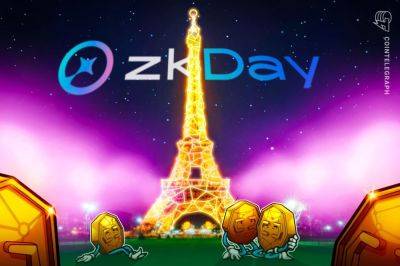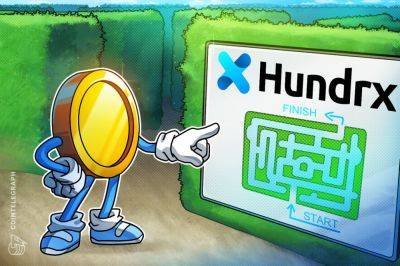How AI is changing the way humans interact with machines
The past 12 months have seen the global digital paradigm evolve tremendously, especially regarding how humans interact with machines. In fact, the space has undergone such a radical transformation that people of all ages are now fast becoming conversant with artificial intelligence (AI) models, most popularly OpenAI’s ChatGPT.
The primary driving force behind this revolution has been the advancements made in natural language processing (NLP) and conversational AI. NLP is a subfield of AI that focuses on the interaction between computers and humans using everyday language and speech patterns. The ultimate objective of NLP is to read, decipher, understand and make sense of human language in a way that is understandable and easy to digest for users.
To elaborate, it combines computational linguistics — i.e., rule-based modeling of human language — with other fields, such as machine learning, statistics and deep learning. As a result, NLP systems allow machines to understand, interpret, generate, and respond to human language in a meaningful and contextually appropriate way.
Moreover, NLP involves several key tasks and techniques, including part-of-speech tagging, named entity recognition, sentiment analysis, machine translation and topic extraction. These tasks help machines understand and generate human language-type responses. For example, part-of-speech tagging involves identifying the grammatical group of a given word, while named entity recognition involves identifying individuals, companies or locations in a text.
Even though AI-enabled tech has only recently started becoming part of the digital mainstream, it has profoundly influenced many people for the better part of the last decade. Companions like Amazon’s Alexa,
Read more on cointelegraph.com






















